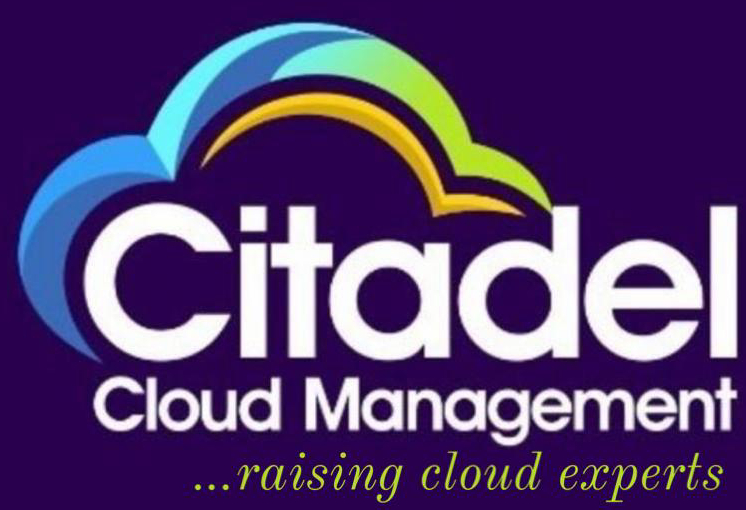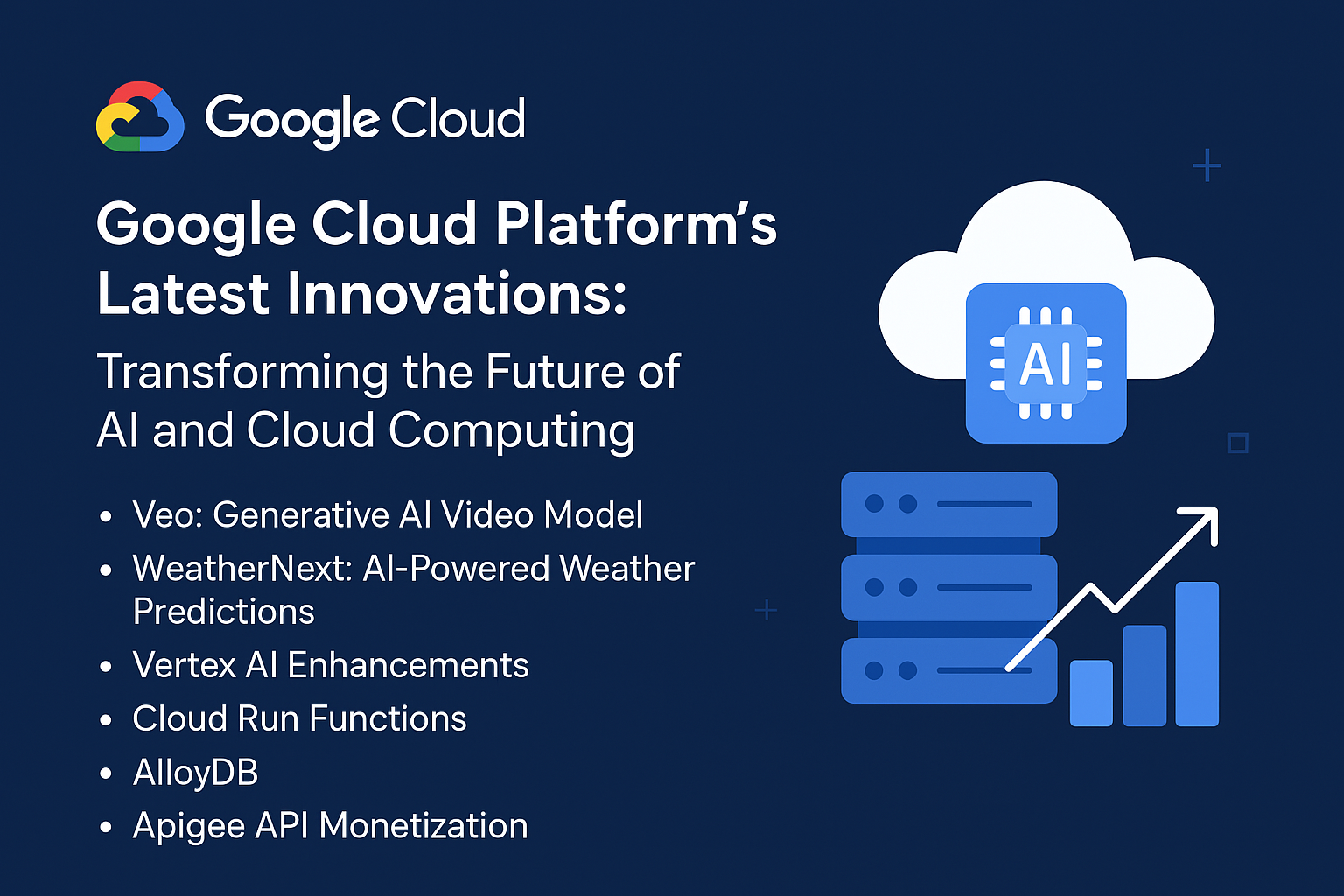In the modern digital landscape, the security of cloud computing environments is a critical concern for businesses of all sizes. As companies continue to migrate to cloud platforms, the security of their data and applications becomes increasingly vital. One of the key strategies for bolstering cloud security involves investing in cutting-edge infrastructure technology. In this article, we’ll explore how these investments can enhance cloud security and why they are essential for safeguarding your digital assets.
Understanding Cloud Security Challenges
Before delving into the benefits of infrastructure tech investments, it’s important to understand the cloud security challenges organizations face. Cloud environments present unique security challenges compared to traditional on-premises systems. These include:
- Data Breaches: Unauthorized access to sensitive data can result in significant financial and reputational damage.
- Insider Threats: Employees or contractors with access to cloud resources may pose risks if their credentials are compromised or misused.
- Configuration Errors: Misconfigured cloud settings can leave vulnerabilities open to exploitation.
- DDoS Attacks: Distributed Denial of Service attacks can overwhelm cloud services, causing outages and disruptions.
Addressing these challenges requires a multi-faceted approach, and investing in advanced infrastructure technology is a key component.
The Role of Infrastructure Tech in Enhancing Cloud Security
1. Advanced Network Security
One of the foundational aspects of cloud security is network protection. Infrastructure investments in advanced network security technologies play a crucial role in defending against threats. Here are some key technologies to consider:
- Next-Generation Firewalls (NGFWs): Unlike traditional firewalls, NGFWs offer deep packet inspection, intrusion prevention systems (IPS), and application control. These features help detect and mitigate sophisticated attacks. Learn more about NGFWs.
- Intrusion Detection and Prevention Systems (IDPS): IDPS solutions monitor network traffic for suspicious activity and can block malicious traffic in real time. Investing in robust IDPS technology ensures that threats are detected and neutralized before they reach critical systems.
- Secure Access Service Edge (SASE): SASE integrates network security functions with wide-area networking capabilities to provide a comprehensive security solution. This approach enhances security by offering visibility and control over both cloud and on-premises resources. Explore SASE.
2. Encryption and Data Protection
Encryption is a cornerstone of data security, ensuring that data is unreadable to unauthorized users. Infrastructure investments in encryption technologies are essential for protecting data at rest and in transit:
- Data Encryption: Invest in robust encryption protocols for data storage and transmission. This includes encryption for databases, file systems, and communications channels. Read about encryption standards.
- Key Management Systems (KMS): Effective key management is crucial for maintaining the security of encryption keys. A KMS automates key rotation, access control, and auditing, reducing the risk of key compromise. Check out KMS solutions.
3. Identity and Access Management (IAM)
Managing user identities and access is another critical component of cloud security. Infrastructure investments in IAM technologies help ensure that only authorized individuals have access to specific resources:
- Multi-Factor Authentication (MFA): MFA adds an extra layer of security by requiring users to provide two or more verification factors before accessing systems. This significantly reduces the risk of unauthorized access. Learn more about MFA.
- Single Sign-On (SSO): SSO solutions streamline user access by allowing individuals to use a single set of credentials for multiple applications. This simplifies user management while enhancing security by reducing the number of passwords that need to be managed. Explore SSO options.
- Privileged Access Management (PAM): PAM solutions control and monitor access for users with elevated privileges, such as system administrators. By enforcing strict policies and auditing access, PAM helps mitigate the risk of insider threats and accidental misuse. Discover PAM solutions.
4. Continuous Monitoring and Incident Response
Investing in infrastructure technologies that support continuous monitoring and rapid incident response is vital for maintaining cloud security:
- Security Information and Event Management (SIEM): SIEM systems aggregate and analyze security data from across the cloud environment, providing real-time visibility into potential threats. By correlating data from various sources, SIEM solutions help detect and respond to security incidents more effectively. Find out more about SIEM.
- Security Orchestration, Automation, and Response (SOAR): SOAR platforms automate response actions and streamline incident management processes. By integrating with SIEM and other security tools, SOAR solutions enhance the efficiency of incident response and reduce the time to containment. Explore SOAR solutions.
5. Cloud Security Posture Management (CSPM)
CSPM tools focus on identifying and mitigating configuration risks in cloud environments. Investing in CSPM solutions helps ensure that cloud resources are configured securely and comply with industry best practices:
- Automated Configuration Monitoring: CSPM tools continuously monitor cloud configurations for compliance with security policies and best practices. They provide actionable insights and recommendations for remediation. Learn about CSPM.
- Compliance Reporting: Many CSPM solutions offer built-in compliance reporting features to help organizations meet regulatory requirements. This includes generating reports for standards such as GDPR, HIPAA, and PCI DSS. Discover compliance reporting tools.
6. Zero Trust Architecture
Zero Trust is a security model based on the principle of “never trust, always verify.” Investing in infrastructure technologies that support a Zero Trust approach can enhance cloud security by ensuring that every access request is authenticated and authorized:
- Micro-Segmentation: Micro-segmentation divides the network into smaller segments, limiting the lateral movement of threats within the cloud environment. This containment strategy reduces the impact of potential breaches. Explore micro-segmentation.
- Granular Access Controls: Zero Trust involves implementing granular access controls based on user identity, device health, and contextual factors. This ensures that users have access only to the resources necessary for their roles. Learn about Zero Trust.
The Impact of Infrastructure Tech Investments on Cloud Security
Investing in infrastructure technology not only enhances cloud security but also provides several additional benefits:
- Reduced Risk: By implementing advanced security technologies, organizations can significantly reduce the risk of data breaches and other cyber threats.
- Improved Compliance: Infrastructure investments help organizations meet regulatory requirements and industry standards, avoiding potential fines and penalties.
- Enhanced Visibility: Advanced security tools provide better visibility into the cloud environment, enabling faster detection and response to security incidents.
- Operational Efficiency: Automated security solutions streamline management tasks and reduce the burden on IT staff, allowing them to focus on strategic initiatives.
Conclusion
In conclusion, investing in cutting-edge infrastructure technologies is a critical strategy for enhancing cloud security. By adopting advanced network security solutions, encryption and data protection measures, IAM technologies, continuous monitoring tools, and Zero Trust principles, organizations can significantly bolster their defenses against cyber threats. These investments not only protect sensitive data but also improve compliance, operational efficiency, and overall risk management.
For further reading and resources, you can explore the following links:
- Cisco Next-Generation Firewalls
- Gartner’s SASE Report
- AWS Key Management Service
- Authy Multi-Factor Authentication
- Okta Single Sign-On Solutions
- CyberArk Privileged Access Management
- Splunk SIEM Solutions
- IBM Security SOAR
- Palo Alto Networks CSPM
- VMware Micro-Segmentation
- Microsoft Zero Trust
By leveraging these resources and investing in the right infrastructure technologies, you can enhance your organization’s cloud security posture and safeguard your valuable digital assets against evolving threats.

